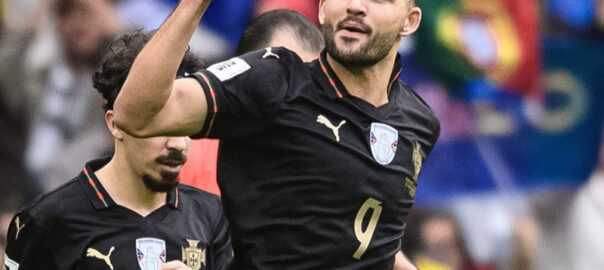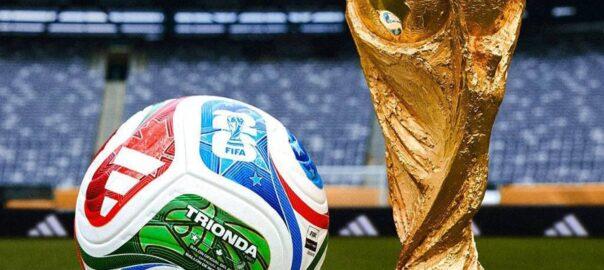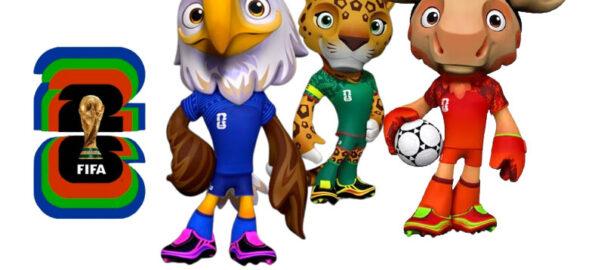England closed their World Cup qualifying schedule with a spotless series of eight triumphs after seeing off Albania. The group leaders had already booked their passage, and Thomas Tuchel rotated heavily following the previous win over Serbia.
The coach also shifted the team’s structure, asking John Stones to drift into midfield when England held the ball. Despite the success, the display lacked fluency.
Harry Kane ultimately settled the evening with two goals, lifting his international total to 78. His first came in the 74th minute when he forced in Bukayo Saka’s corner. Eight minutes later, he guided a header in from Marcus Rashford’s precise delivery.
Before the breakthrough, England passed up promising openings through Jude Bellingham, Jarrod Bowen, and Saka, while Albania created danger of their own, most notably when Arber Hoxha’s counterattack attempt was saved by Dean Henderson. England also became the first European side to achieve at least six qualifying wins without letting in a goal.
Tuchel’s adjustments shape England’s progress
The starting team marked Tuchel’s most experimental selection since taking the job at the beginning of January. Jarell Quansah became the seventh debutant under his guidance and slotted into a group that revealed the manager’s view of current understudies in several roles.
Bellingham returned to the initial line-up for the first time since June after recovering from a shoulder problem, and his contest for the central attacking berth with Morgan Rogers continues to build.
However, Tuchel’s influence again came from his decisions during the match. In the previous outing, Eberechi Eze and Phil Foden combined to seal victory. This time, Saka and Rashford produced the assists that set up Kane’s decisive contributions.
England have faltered by narrow margins in previous tournaments, with Gareth Southgate occasionally criticized for being slow to change things. Tuchel, known for bold calls at club level, is already altering matches through the depth of attacking options available to him.
England’s growing resilience
Albania travelled in strong form, carrying an eight-match unbeaten streak, and their organization restricted England for long stretches. Their best moment came when Hoxha finished a quick break with a low strike that Henderson held.
Even so, England remained composed and continued probing until the late goals arrived. The squad’s ability to stay patient and to rely on influential contributions from the bench again illustrated their development under Tuchel.
With perfect defensive numbers and decisive attacking changes, England heads toward the World Cup with a structure that appears increasingly adaptable and resilient.




